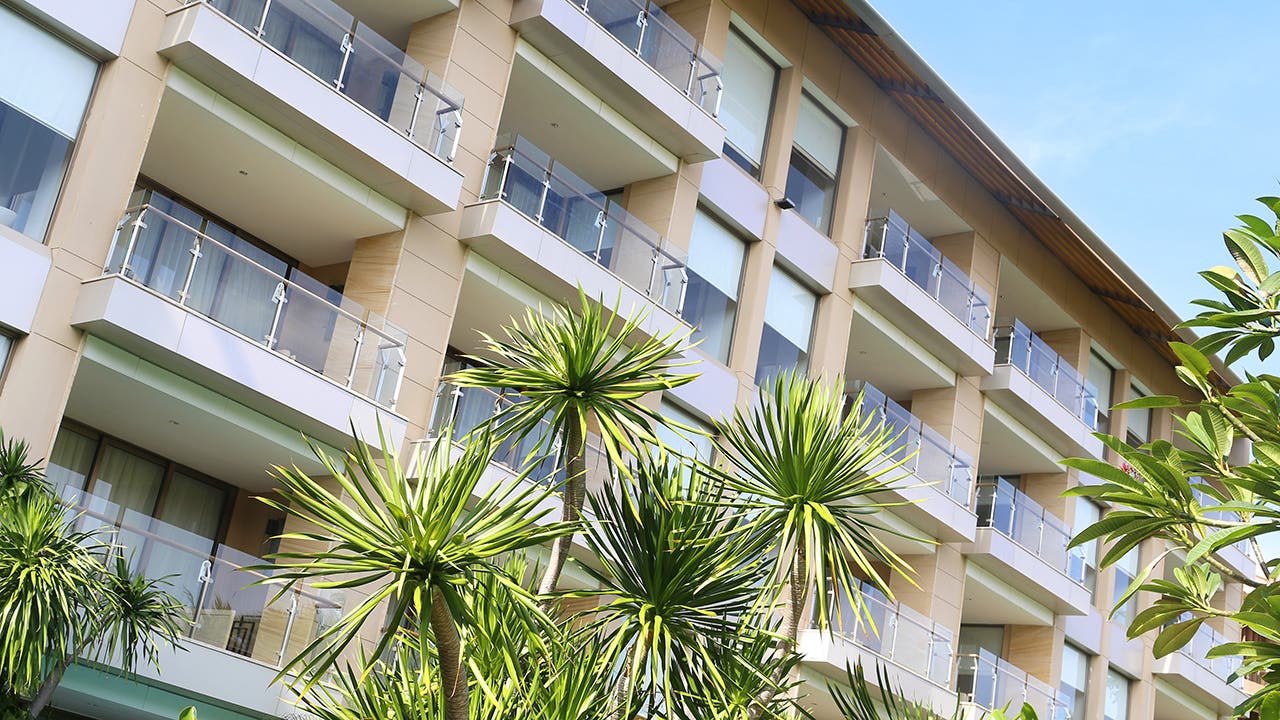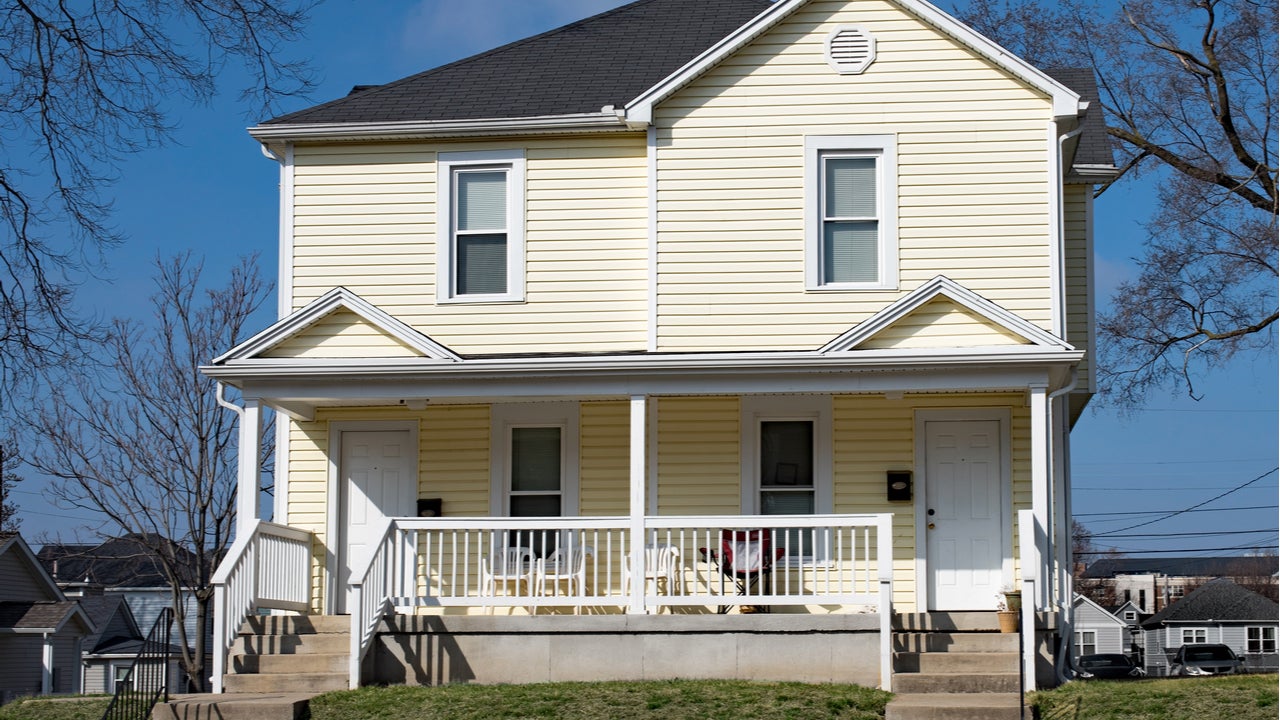What is a condominium conversion?

Condominium conversion is the process of converting rental apartments, which are leased by the occupants, into condo units, which are owned by the occupants. Such conversions can take place in any building where tenants live in separate units, including apartment buildings, attached row or townhouses and cooperative buildings that have tenant shareholders.
In some cities, condo conversions also take place in former commercial buildings that are being renovated or re-zoned for residential use.
What is a condominium conversion?
Condominium conversions turn rental units into an individually owned condominium (also called condo, for short). Additionally, the condominium conversion means renters who become owners share common areas, like fitness facilities, garages, and pools or parks.
Legal protections are sometimes put in place to protect rental tenants from unwanted condominium conversions. If a building owner desires to convert the building, they must provide adequate notice to tenants of the change and give them the opportunity to buy or move to another rental property.
Building owners may use conversions as an exit strategy to cash out the property instead of maintaining rent revenue from the units. If conversion protections are in place, tenants are given the opportunity to purchase their unit before it goes up for sale to outside investors or motivated buyers.
Why do buildings go condo?
Converting existing buildings — whether they were originally residential buildings or commercial buildings — into condominiums is a quicker and often more cost-effective way for developers to create housing. It typically takes a developer far less time and money to convert an existing building to condominiums than it does to construct new homes for purchase.
In many places, a condo conversion is also driven by the fact that available land is scarce, and demand for homes far outweighs the supply available on the market. At the same time, in markets across the country, home prices are prohibitively expensive. Converting a building to condominiums may allow developers to create more affordable homebuying options.
How does a condo conversion work?
Many cities or states have laws in place designed to protect renters during the condo conversion process, though the extent of these protections may vary. A developer typically must get approval from the local municipality for the conversion.
In some jurisdictions, tenants may be allowed to vote on whether to “go condo” or not. In others, a certain percentage of the current residents in a building need to agree to buy their apartments before a property can go condo; in New York, for example, it’s 51 percent of the tenants.
Generally, if you rent an apartment and the owner of your building decides to convert the units into individually owned condos, you must be given advance notice of the details surrounding the conversion and transfer of the property to condominiums.
If you choose to buy your apartment-turned-condo, you’ll receive a title in your own name and will be liable for paying property taxes on your unit, as most homeowners do — along with mortgage payments (assuming you finance your condo purchase). And instead of paying rent each month, you’ll be paying something called common charges.
Your monthly common charges, also known as condo fees, go toward paying for the upkeep for the building, its amenities and services — all of which you’ll have part-ownership in. You might on occasion face a special assessment, levied at the discretion of the condo association. The condo association, similar to an HOA, is a self-governing body that makes decisions about running of the condominium. It typically consists of condo owners.
How do condo conversions affect tenants?
Typically, when a rental building is converted to condominiums the existing occupants are given first dibs on purchasing their unit before outside bids or offers are considered. This process, known as the “right of first refusal,” may vary in the finer details by state. Some developers may also offer renters a discounted purchase price for the unit in order to make a sale more quickly.
Not all tenants can afford to purchase their unit, or even want to purchase their units. In such cases this renter will often need to find a new residence, though in some municipalities, developers are forbidden to evict renters or must meet certain conditions before they do so. Condo conversions can make finding affordable rentals in a community even more challenging, though the building owner may provide financial relocation assistance.
What are the pros and cons of condo conversions?
Condo conversions have both benefits and drawbacks to consider. Here are some of the impacts of this type of development.
Advantages
- Condominium conversions give renters an opportunity for homeownership, often at a fairly affordable price. Insiders’ prices are often lower than open-market rates for comparable properties.
- Condominium conversions offer a low-maintenance approach to homeownership. The building and its common spaces are typically managed by a condo owners association.
- Tenants can participate in building management by joining the condo association.
- Renters in buildings being converted to condos may be more inclined to purchase their own unit right away, which means less work for the building owner to market and sell units.
Disadvantages
- Condo conversions may displace rental tenants.
- The purchase price for units may be beyond tenants’ means, or may not be a good deal based on other available housing opportunities.
- Building management and upkeep may decline (due to inept/inexperienced condo association).
- Too many condo conversions in a community can disrupt local property values.
Why we ask for feedback Your feedback helps us improve our content and services. It takes less than a minute to complete.
Your responses are anonymous and will only be used for improving our website.






